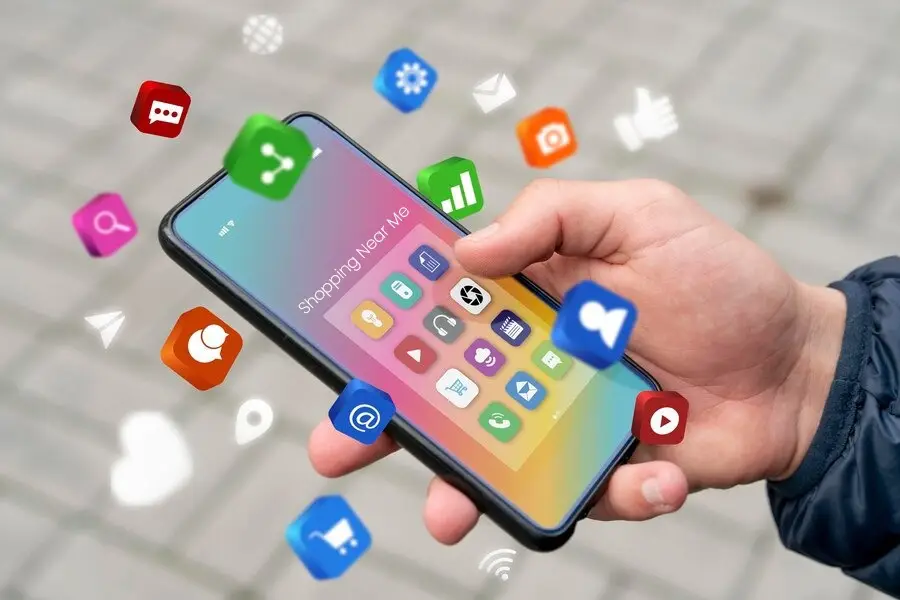Unlocking the Power of Hyper-Local Marketing Strategies
In today’s digital age, where global connectivity is at an all-time high, there’s a rising trend that’s focusing on the power of the local: hyper-local marketing. This approach zeroes in on specific communities, neighborhoods, or even individual blocks, offering personalized and highly relevant marketing messages. Hyper-local marketing leverages the unique characteristics of small, defined geographic areas to build stronger, more meaningful connections with consumers.
What is Hyper-Local Marketing?
Hyper-local marketing targets a very specific audience within a limited geographic area. Unlike traditional marketing strategies that aim to reach broad demographics, hyper-local marketing focuses on the needs and preferences of local customers. This approach can be particularly effective for small businesses, local retailers, and service providers who want to attract customers in their immediate vicinity.
Why Hyper-Local Marketing Matters
- Increased Relevance: By focusing on a narrow geographic area, businesses can create highly relevant and personalized marketing messages that resonate with the local audience.
- Community Engagement: Hyper-local marketing fosters a sense of community and belonging. Businesses can build strong relationships with local customers by addressing their specific needs and concerns.
- Cost-Effective: Targeting a smaller audience means marketing budgets can be used more efficiently. Businesses can invest in local advertising channels, such as community newspapers, local radio stations, and social media groups.
Key Hyper-Local Marketing Strategies
- Local SEO and Online Directories
- Optimize for Local Search: Ensure your business appears in local search results by optimizing your website for local SEO. Use location-specific keywords, create location-based pages, and encourage customers to leave reviews on platforms like Google My Business.
- Claim Online Listings: Claim and update your business listings on online directories such as Yelp, TripAdvisor, and local business directories. Accurate and up-to-date information helps potential customers find you easily.
- Geotargeted Advertising
- Social Media Ads: Platforms like Facebook, Instagram, and Twitter offer advanced geotargeting options. You can create ads that are shown only to users within a specific radius of your business.
- Google Ads: Use Google Ads to target users searching for local products and services. Geotargeting options allow you to display ads to users based on their location.
- Community Involvement and Sponsorships
- Local Events: Participate in or sponsor local events, festivals, and fairs. This helps increase brand visibility and shows your commitment to the community.
- Partnerships: Collaborate with other local businesses for cross-promotions. Partnering with complementary businesses can help you reach a wider local audience.
- Localized Content Marketing
- Blog Posts / Hyperlocal Influencers Platforms Posts : Create blog content that addresses local issues, events, and interests. This not only helps with local SEO but also positions your business as a local authority.
- Social Media: Share localized content on your social media channels. Engage with local followers by posting about community events, local news, and customer stories.
- In-Store Promotions and Loyalty Programs
- Exclusive Offers: Offer special promotions and discounts to local customers. In-store promotions can drive foot traffic and increase sales.
- Loyalty Programs: Implement a loyalty program that rewards local customers for repeat business. This encourages customer retention and fosters a loyal customer base.
- Mobile Marketing
- Geo-Fencing: Use geo-fencing technology to send targeted messages and offers to customers’ mobile devices when they enter a defined geographic area near your business.
- SMS Marketing: Collect phone numbers and send SMS promotions to local customers. SMS marketing is a direct and effective way to reach customers with timely offers.
Measuring Success
To gauge the effectiveness of your hyper-local marketing strategies, track key metrics such as foot traffic, online engagement, and sales. Use tools like Google Analytics to monitor website traffic from local searches and analyze the performance of your geotargeted ads.
Conclusion
Hyper-local marketing is a powerful strategy that allows businesses to connect with their local audience in meaningful ways. By focusing on the specific needs and preferences of local customers, businesses can build strong community ties, enhance brand loyalty, and drive sustainable growth. Embrace hyper-local marketing to unlock the potential of your local market and create lasting connections with your customers.
Redfeets
Redfeets will help you save time and optimize profile management on social networks. Visually Plan, Schedule post and automation on social networks.






